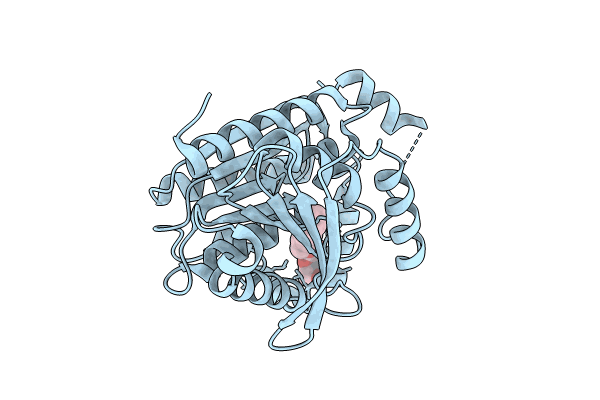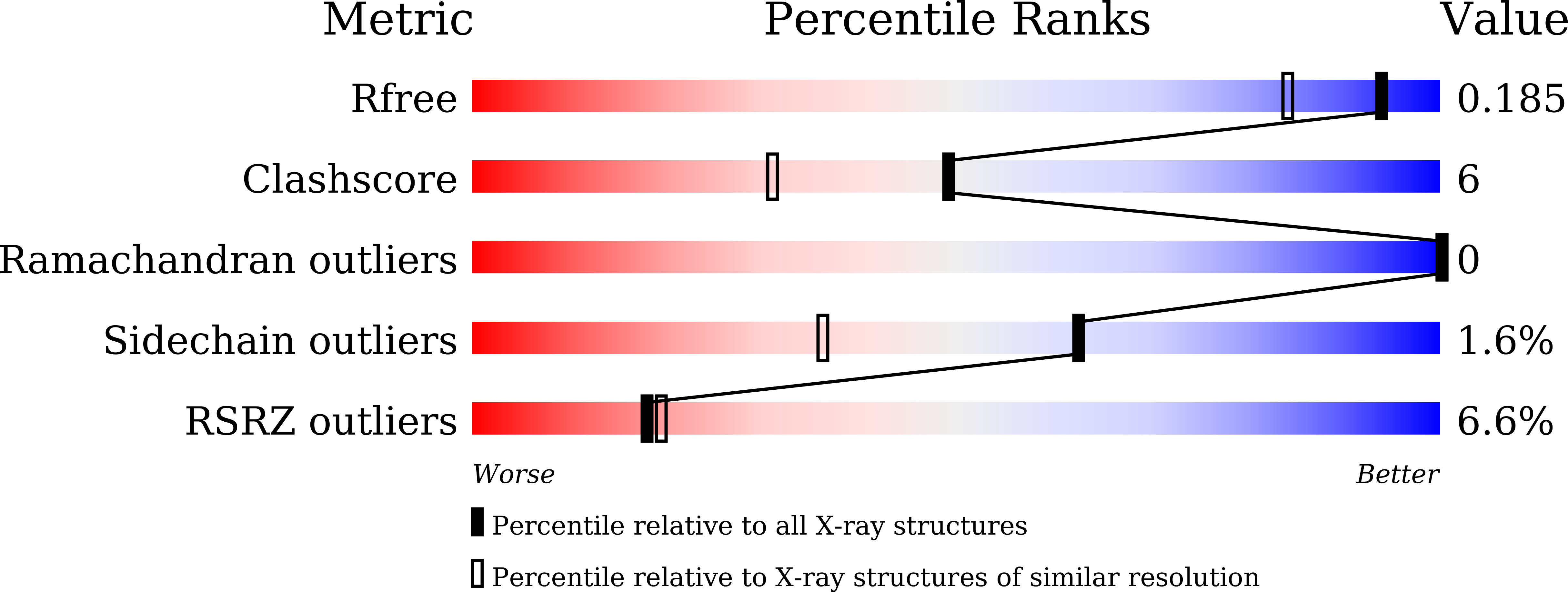
Deposition Date
2024-02-26
Release Date
2024-07-10
Last Version Date
2024-07-10
Entry Detail
Biological Source:
Source Organism:
Saccharolobus shibatae (Taxon ID: 2286)
Host Organism:
Method Details:
Experimental Method:
Resolution:
1.50 Å
R-Value Free:
0.18
R-Value Work:
0.16
R-Value Observed:
0.16
Space Group:
I 2 2 2


